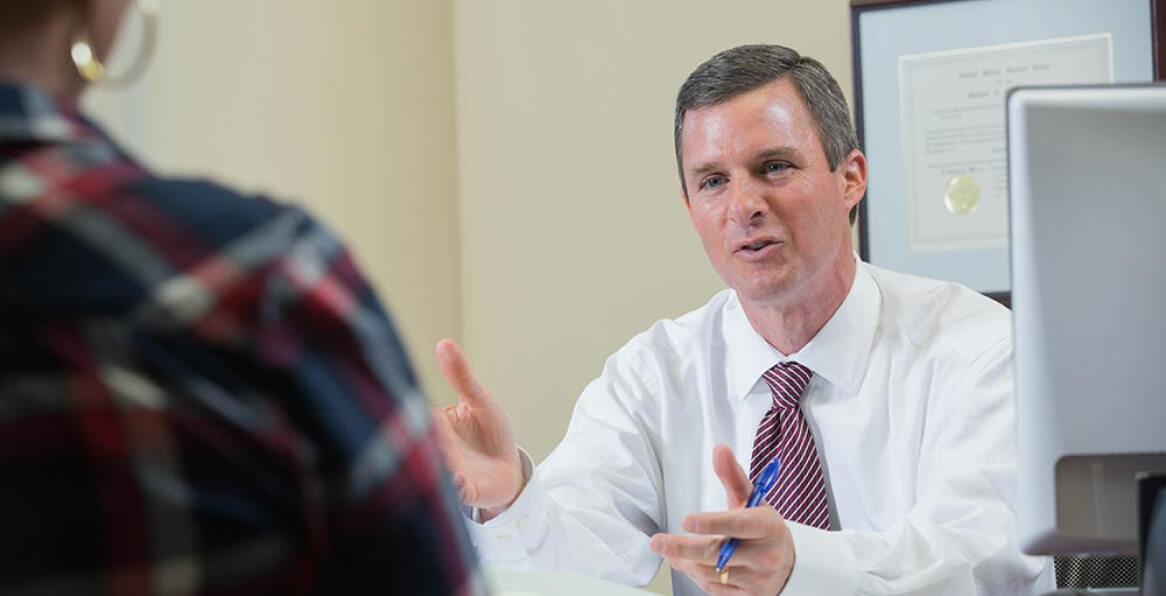Posted in Uncategorized
Walking is a fundamental mode of transportation, yet pedestrians are among the most vulnerable road users. In this narrative, we’ll explore the unique challenges that pedestrians face, the factors that make them susceptible to accidents, and the importance of promoting pedestrian safety. As our cities grow and traffic congestion becomes more prevalent, walking offers a sustainable and efficient means of getting around. However, the urban environment can be unforgiving for pedestrians. They often share the road with faster and larger vehicles, creating a stark contrast in terms of vulnerability.
Factors Contributing To Pedestrian Vulnerability
- Lack of Protection:
Pedestrians have no protective shell, unlike vehicle occupants who benefit from seat belts, airbags, and the vehicle’s structural design. This lack of protection makes pedestrians highly susceptible to injury in accidents.
- Size Disparity:
Pedestrians are smaller in size compared to vehicles. This size disparity can result in serious harm in the event of a collision.
- Speed Differential:
The speed at which vehicles travel is significantly higher than a pedestrian’s walking speed. When a pedestrian and a vehicle collide, the consequences can be severe.
- Limited Visibility:
Pedestrians may be less visible to drivers, especially in adverse weather conditions or when crossing at night. This limited visibility increases the risk of accidents.
- Crossing Challenges:
Pedestrian crosswalks are designed to enhance safety, but not all intersections have them. Jaywalking and crossing at unmarked locations can be particularly dangerous.
- Distracted Driving:
The prevalence of distracted driving, such as texting or using a mobile phone while behind the wheel, poses additional risks to pedestrians. Distracted drivers may fail to notice pedestrians in their vicinity.
- Right-of-Way Misunderstandings:
Misunderstandings between drivers and pedestrians regarding the right-of-way can lead to accidents. This often occurs at uncontrolled intersections or when making turns.
- Intersection Accidents:
Intersections are common sites of pedestrian accidents, as multiple vehicles and pedestrians converge. Drivers may fail to yield, and pedestrians may misjudge the time available to cross safely.
- Impaired Driving:
Impaired drivers, whether due to alcohol or drugs, are a significant risk to pedestrians. Their impaired judgment and reaction time can result in accidents.
- Aging Population:
An aging population may face increased vulnerability as physical capabilities decline. Older individuals may require more time to cross roads safely, and their mobility limitations can make them more susceptible to accidents.
Promoting Pedestrian Safety
Addressing pedestrian vulnerability requires a multifaceted approach. This includes:
Infrastructure improvements, such as well-marked crosswalks and pedestrian-friendly design.
Public education campaigns to raise awareness of pedestrian rights and responsibilities.
Stricter enforcement of traffic laws related to pedestrian safety.
Improved driver awareness and adherence to speed limits in areas with high pedestrian activity.
Advocacy for urban planning that prioritizes safe and accessible walking routes.
If you have been injured by a vehicle as a pedestrian, or someone you love was killed as a pedestrian, you should seek legal action to receive the compensation you deserve contact a Essex County, NJ, pedestrian accident lawyer at The Law Offices of David A. DiBrigida today!



